Learn about the latest tips, tutorials, upcoming events and certifications
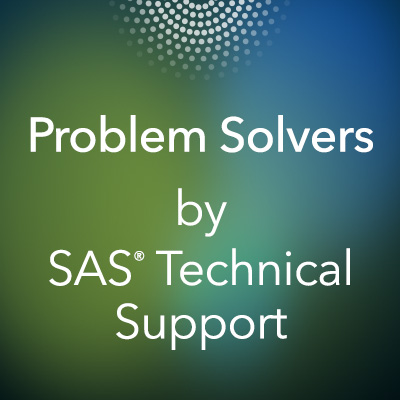
In this edition of Problem Solvers, SAS Technical Support's Kathryn McLawhorn walks you through two PROC REPORT techniques.
Learn about the latest tips, tutorials, upcoming events and certifications

In this edition of Problem Solvers, SAS Technical Support's Kathryn McLawhorn walks you through two PROC REPORT techniques.

新型コロナウイルスの感染拡大により私たちの日常生活は大きく変化しており、自宅で過ごす時間も増えています。この機に「新しく統計学やプログラミングを勉強し始めたい!」、「SASの認定資格を取りたい」と考えている方も少なくはないのでしょうか。コロナウイルスの影響により在宅を余儀なくされた皆さんに、SASはさまざまなオンライン・コースを含むSAS®トレーニング・リソースを30日間無料で提供しています。(プレスリリース) 本記事では、提供されているオプションの中からSAS Learning Subscriptionの紹介をします。これはVirtual Learning Environment のなかで提供されているSASのe-learningが集まったポータルです。 1.SAS Learning Subscriptionに登録しましょう 最初にSAS Learning Subscriptionの登録手順です。こちらのページにアクセスして、以下の手順で登録してください。 SAS Learning Subscription 登録手順 from SAS Institute Japan 2.Learning Pathを選択しましょう SAS Learning Subscriptionにはオンラインで受講可能なLearning Pathが複数あり、またテーマごとにショートビデオや学習コースが設置されています。本コースの言語は英語で、コース内動画は英語字幕に対応しています。今回は、Learning Pathの中からSAS Programingを実際に学びながらSAS Learning Subscriptionの紹介をしていきます。 先ほどのSAS Learning Subscriptionへの登録を行うと、Virtual Learning Environmentへ移動します。画面左上をクリックして展開し、SAS Learning Subscriptionを選択してください。 ページ中央に上図のようなLearning Pathの一覧が載っています。ここで、自分の興味にあうLearning Pathを選択してください。学習コースにはそれぞれショートムービーやcourse notes、リンクなどが掲載されています。基礎からその利用まで順を追って説明がされるため、プログラミングなどに自信がない方でも取り組みやすい点が特徴です。 3.コースを受講して学習を進めましょう それではSAS Learning Subscriptionの学習コースの中からSAS Programing1: Essentialsを実際に進めてみましょう。以下のスライドで、最初のLessonであるCourse

SAS' Leonid Batkhan differentiates between SAS macro and programming languages, defines two types of SAS macros and much more.
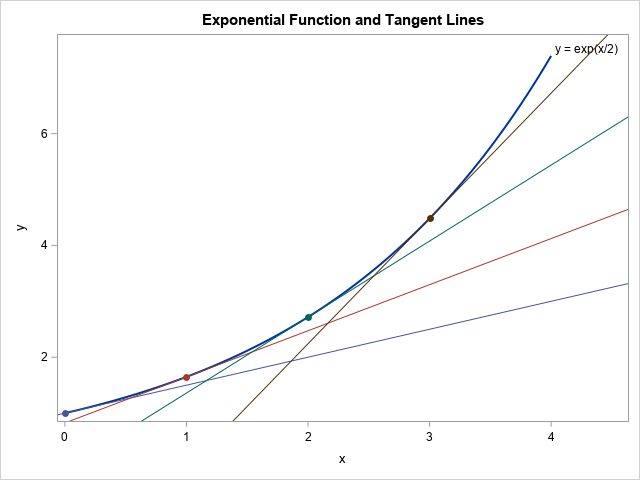
I previously wrote about the advantages of adding horizontal and vertical reference lines to a graph. You can also add a diagonal reference line to a graph. The SGPLOT procedure in SAS supports two primary ways to add a diagonal reference line: The LINEPARM statement enables you to specify a

Preparing for the SAS Certified Base Programmer exam? SAS' Mark Stevens reveals the best ways to prepare.

올해 초부터 시작된 코로나19 사태가 전 세계적으로 장기화되면서 ‘사회적 거리두기’가 새로운 일상으로 자리잡았습니다. 이에 따라 요즘 대부분의 시간을 집에서 보내며 온라인 강의를 듣는 학생들과 재택근무를 하는 직장인들도 많아졌는데요. #언택트 #집콕 #홈코노미 #홀로(HOLO) 등의 신조어들이 이러한 달라진 트렌드를 보여주고 있습니다. 공부를 하든 일을 하든, 집에서 오랜 시간을 보내는 것에는 꽤 명확한
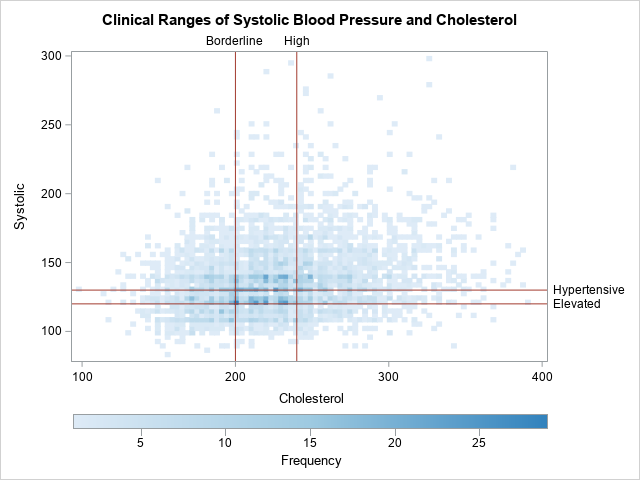
Data tell a story. A purpose of data visualization is to convey that story to the reader in a clear and impactful way. Sometimes you can let the data "speak for themselves" in an unadorned graphic, but sometimes it is helpful to add reference lines to a graph to emphasize

As many of us are learning to navigate the changing world we are living in amid the COVID-19 outbreak, and as we care for our loved ones, friends, and our community, many of us now find ourselves working and studying from home much more than we did before. As an
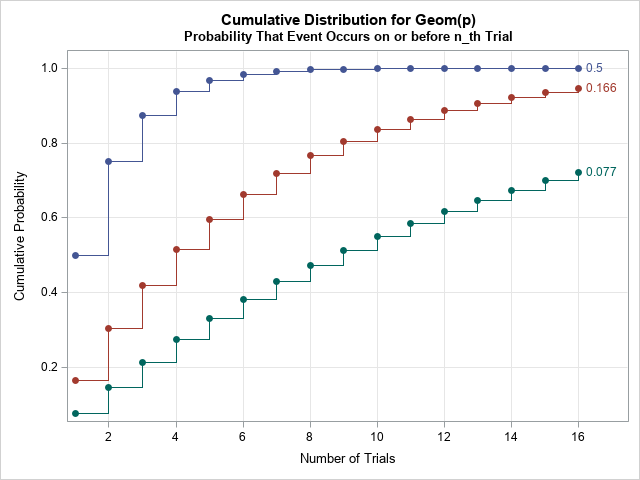
I have written several articles about how to work with continuous probability distributions in SAS. I always emphasize that it is important to be able to compute the four essential functions for working with a statistical distribution. Namely, you need to know how to generate random values, how to compute

SAS Global Forum 2020 is not the conference experience we thought it would be. Thousands of us had planned to gather in person to share our enthusiasm and knowledge about SAS and power of data and analytics. We were going to combine our skills and knowledge to inspire one another
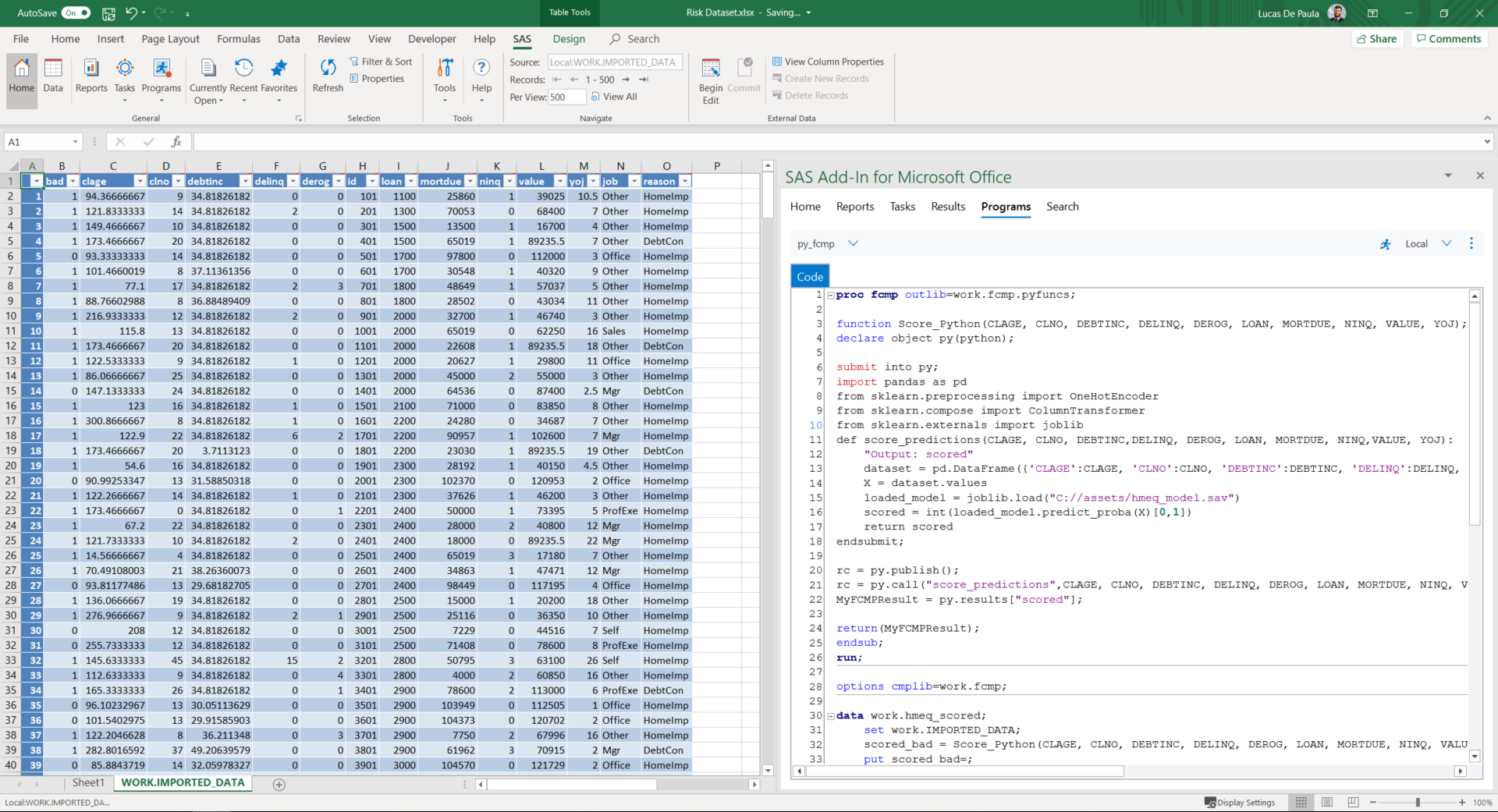
Whether you like it or not, Microsoft Excel is still a big hit in the data analysis world. From small to big customers, we still see fit for daily routines such as filtering, generating plots, calculating items on ad-hoc analysis or even running statistical models. Whenever I talk to customers,

SAS' Charu Shankar shares six tips for landing a job as a SAS user.
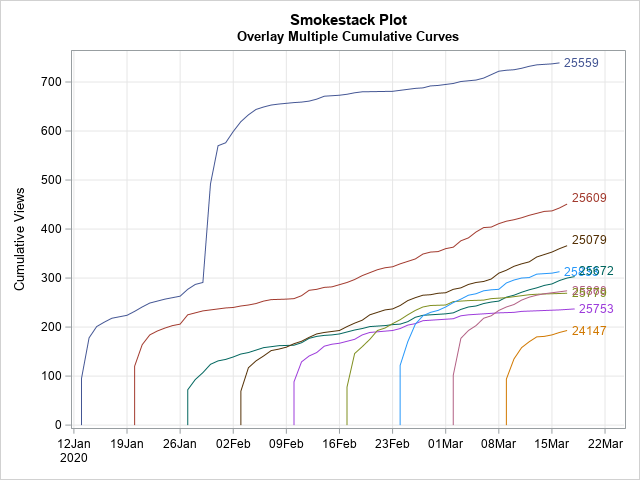
A cumulative curve shows the total amount of some quantity at multiple points in time. Examples include: Total sales of songs, movies, or books, beginning when the item is released. Total views of blog posts, beginning when the post is published. Total cases of a disease for different countries, beginning
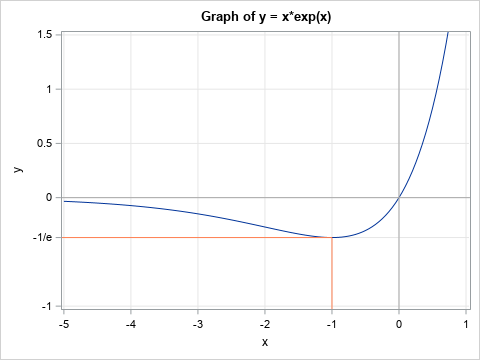
When you create a graph by using the SGPLOT procedure in SAS, usually the default tick locations are acceptable. Sometimes, however, you might want to specify a set of custom tick values for one or both axes. This article shows three examples: Specify evenly spaced values. Specify tick values that

At SAS Press, we agree with the saying “The best things in life are free.” And one of the best things in life is knowledge. That’s why we offer free e-books to help you learn SAS or improve your skills. In this blog post, we will introduce you to one
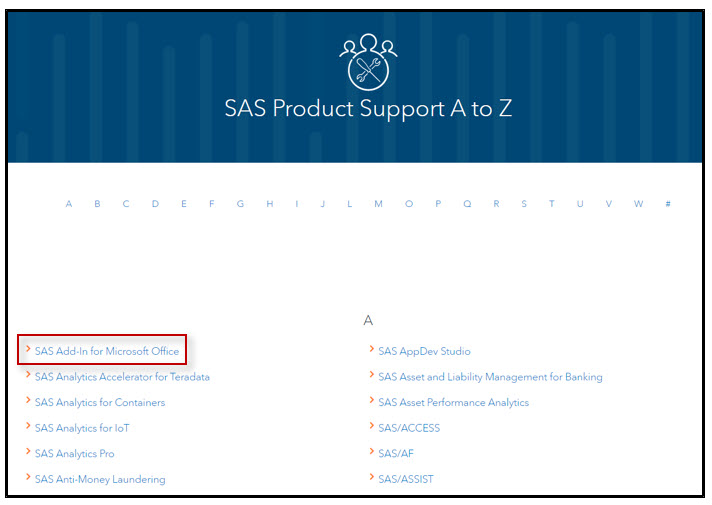
Let’s be honest, there is a lot of SAS content available on the web. Sometimes it gets difficult to navigate through everything to find what you need, especially if you are looking for complimentary resources. Training budgets can be limited or already used for the year, but you’re still interested
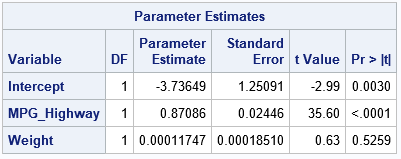
A SAS/IML programmer asked about the best way to print multiple SAS/IML variables when each variable needs a different format. He wanted the output to resemble the "Parameter Estimates" table that is produced by PROC REG and other SAS/STAT procedures. This article shows four ways to print SAS/IML vectors in

SAS' Leonid Batkhan shows you how to automate creation of SAS variable labels so tables and reports are easier to read.

Have you heard that SAS offers a collection of new, high-performance CAS procedures that are compatible with a multi-threaded approach? The free e-book Exploring SAS® Viya®: Data Mining and Machine Learning is a great resource to learn more about these procedures and the features of SAS® Visual Data Mining and

Suppose that a data set contains a set of parameter values. For each row of parameters, you need to perform some computation. A recent discussion on the SAS Support Communities mentions an important point: if there are duplicate rows in the data, a program might repeat the same computation several
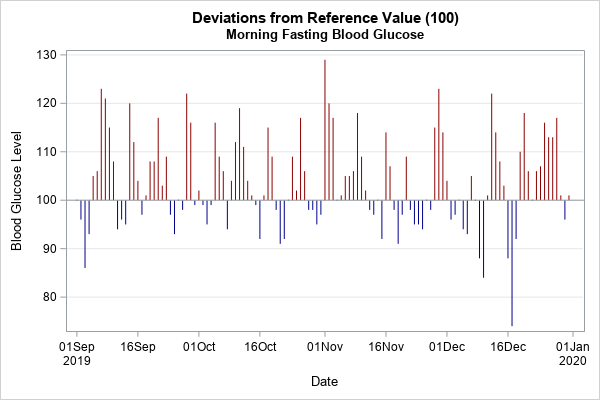
A colleague recently posted an article about how to use SAS Visual Analytics to create a circular graph that displays a year's worth of temperature data. Specifically, the graph shows the air temperature for each day in a year relative to some baseline temperature, such as 65F (18C). Days warmer

Um dos principais focos do SAS é entregar, aos clientes, soluções comprovadas e inovadoras que garantam a melhoria do seu desempenho e os ajudem a diferenciar-se dentro da sua área e mercado de atuação. Ajudá-los a tirar o máximo proveito de cada ferramenta faz também parte da missão do SAS,
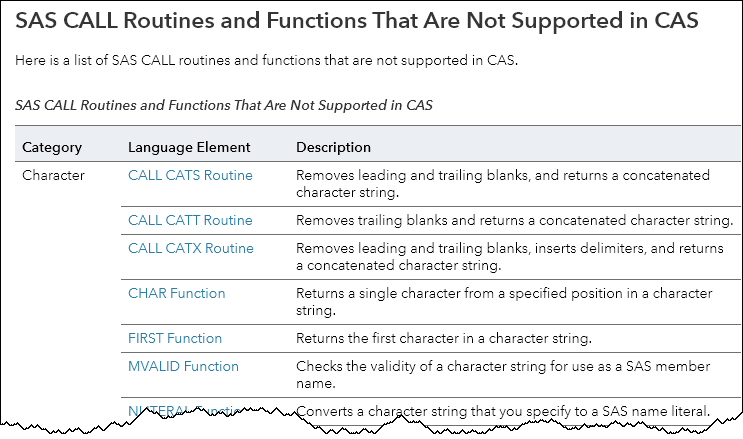
Are you a statistical programmer whose company has adopted SAS Viya? If so, you probably know that the DATA step can run in parallel in SAS Cloud Analytic Services (CAS). As Sekosky (2017) says, "running in a single thread in SAS is different from running in many threads in CAS."

If you’re a SAS user, you know that SAS Global Forum is where you want to be! It’s our premier, can’t-miss event for SAS professionals—that includes thousands of users, executives, partners and academics. It’s also our largest users’ event, organized by users, for users, and this year’s event marks our

The Johnson system (Johnson, 1949) contains a family of four distributions: the normal distribution, the lognormal distribution, the SB distribution, and the SU distribution. Previous articles explain why the Johnson system is useful and show how to use PROC UNIVARIATE in SAS to estimate parameters for the Johnson SB distribution
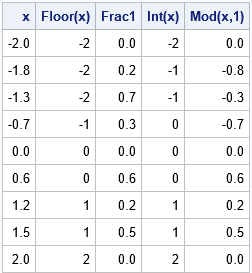
You can represent every number as a nearby integer plus a decimal. For example, 1.3 = 1 + 0.3. The integer is called the integer part of x, whereas the decimal is called the fractional part of x (or sometimes the decimal part of x). This representation is not unique.
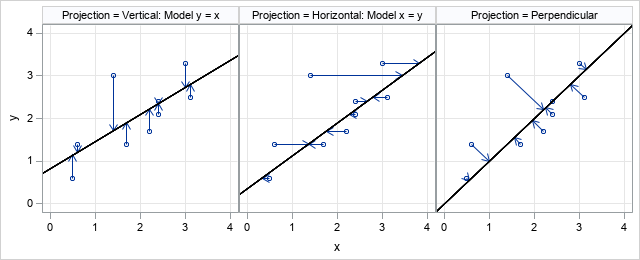
A SAS programmer wanted to create a graph that illustrates how Deming regression differs from ordinary least squares regression. The main idea is shown in the panel of graphs below. The first graph shows the geometry of least squares regression when we regress Y onto X. ("Regress Y onto X"
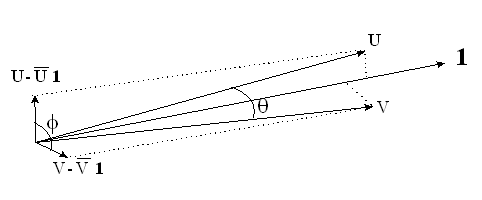
In a previous article, I showed how to perform collinearity diagnostics in SAS by using the COLLIN option in the MODEL statement in PROC REG. For models that contain an intercept term, I noted that there has been considerable debate about whether the data vectors should be mean-centered prior to

This blog post demonstrates process and SAS coding techniques to shift dates by a given number of workdays accounting for weekends and holidays.

When I attend a conference, one of the first things I do is look at the agenda. This gives me a good overview of how my time will be spent. The next thing I do is find the detailed breakdown of sessions, so I can start building out my own